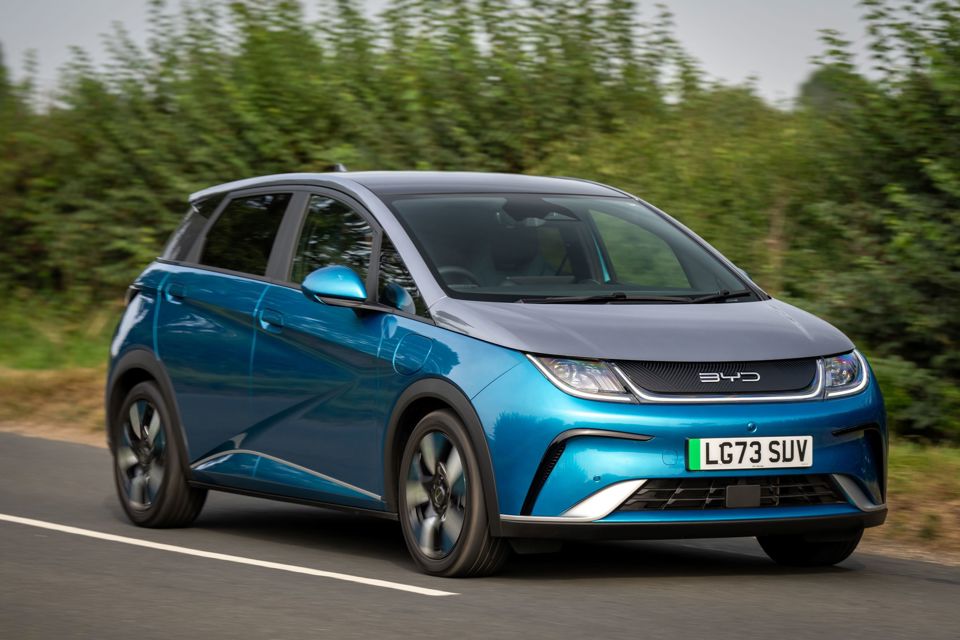Western OEMs must focus on the development of new technologies and production processes if they are to compete on price with Chinese electric vehicle manufacturers, warns Jato Dynamics.
In its latest EV price gap: A divide in the global automotive industry report, the industry analysts explore how Chinese automakers have made huge strides forward in their ability to produce competitively-priced EVs.
Felipe Munoz, global analyst at JATO Dynamics, said: “As China becomes an increasingly influential player on the global automotive stage, its brands are becoming more visible in countries where, just a few years ago, consumers would not have considered them a viable alternative.
“This is a trend that has been driven by the relative affordability of its models in comparison to those produced by its Western peers, and while the US and the EU have responded to the challenge posed by China through major policy decisions, policy alone will not be enough to address the issue of affordability.
“Rather, Western OEMs must shift their focus towards the research and development of new technologies and production processes designed specifically for a fully electrified future.”
The report states that in 2015, the average retail price of EVs available in China was 37% and 26% higher respectively than those available in Europe and the US.
In H1 2022, the average retail price of a BEV in China fell to €31,829, while rising to €55,821 in Europe and €63,864 in the US over the same period.
A year later and the price gap has further widened, with the average retail price of an electric car available in China now less than half the price seen in both Europe and the USA.
In H1 2023, an electric car cost €31,165 in China, €66,864 in Europe, and €68,023 in the US.
EVs made by Western OEMs continue to cost more than their gasoline and diesel equivalents.
Today, consumers would need to spend €18,285 and €24,400 to buy an EV in Europe and the US, respectively – this is 92% and 146% more than they would need to pay for the cheapest combustion car available.
In comparison, in China the cheapest electric vehicle costs 8% less than the cheapest ICE equivalent.
Jato Dynamics says China’s EVs are not only competing on price, but also in terms of quality and power.
Today, China can produce and sell an electric car with 200hp to 300hp for an average of €30,500/$33,150.
For example, BYD offers its Seal – a midsize sedan – with 204 hp on its Elite trim in China for just €24,106/$26,197. In Europe, the closest rival in price is a Renault Twingo Equilibre - a city-car produced in Slovenia – priced at €24,320/$26,430 with just 81hp.
In addition to its focus on affordability, China’s success comes as a result of its production across a range of models and different segments.
With global ambitions, China’s 170 local car brands have made efforts to ensure they have targeted every segment with models suited to the preferences of consumers across the world.
This approach differs to that taken by Western OEMs, which have historically positioned EVs within the premium segments.
Alexander Lutz, Managing Director, Polestar Italy, added: “While brand heritage and quality is important, OEMs must ensure that their EVs are not only high performing, but also sustainable and enjoyable to drive.
“Focusing on efficiency, in terms of range per/kWh, and full lifecycle emissions is non-negotiable. Neglecting sustainability would compromise the entire electric transition for any OEM.”





















Login to comment
Comments
No comments have been made yet.